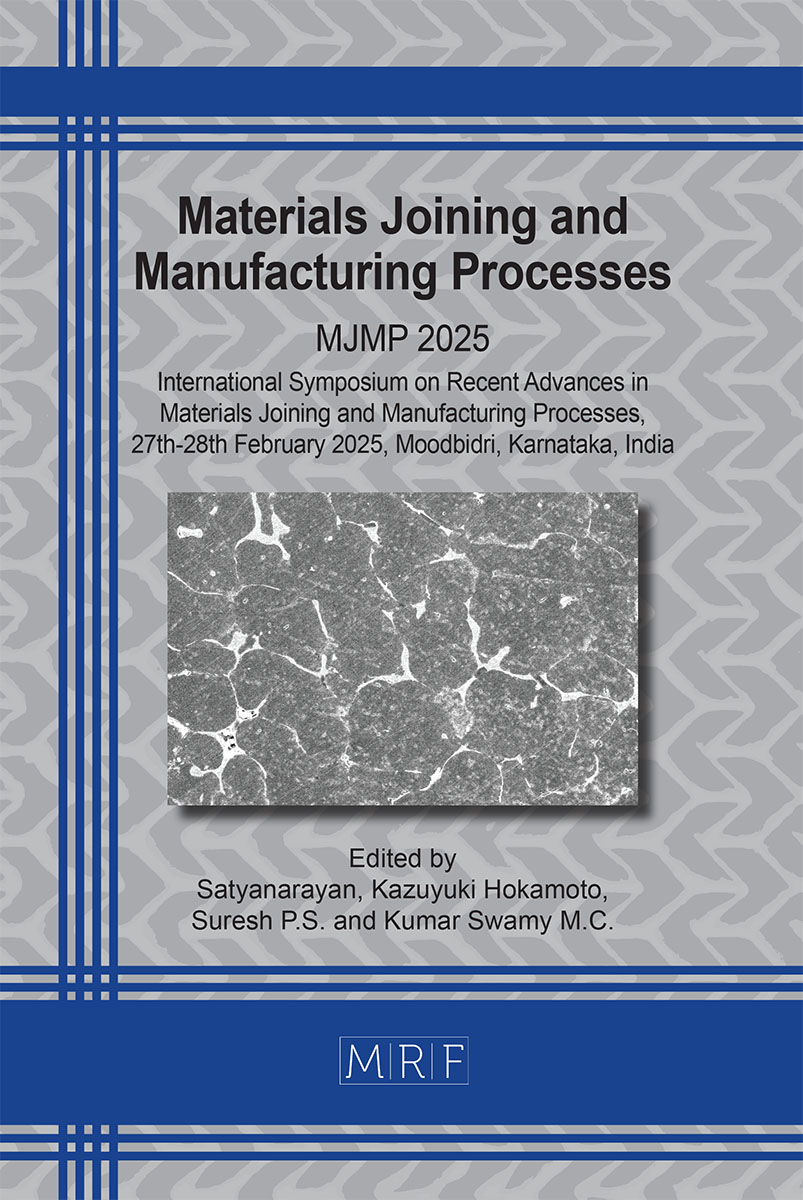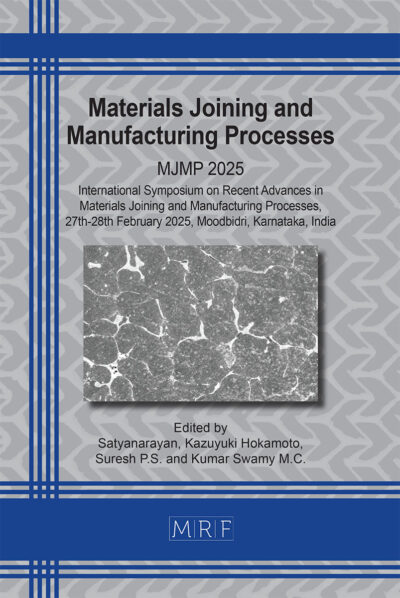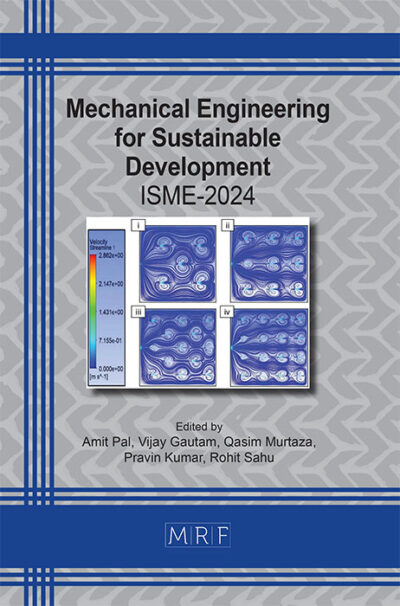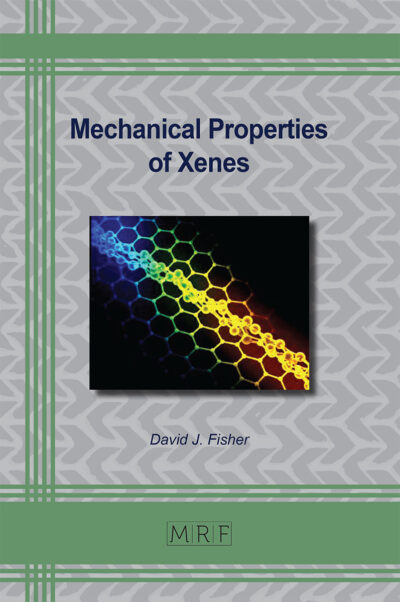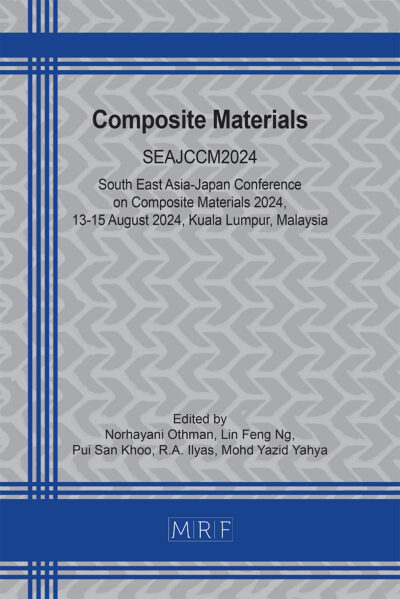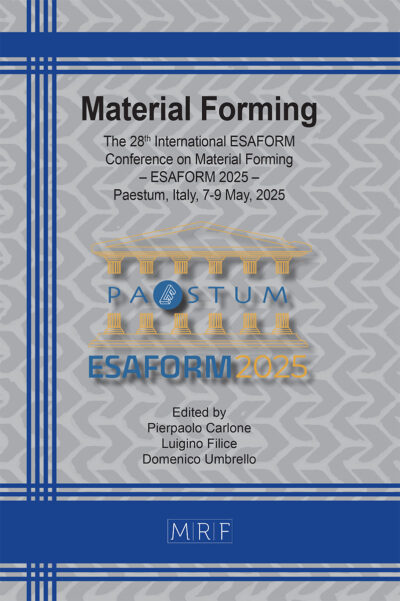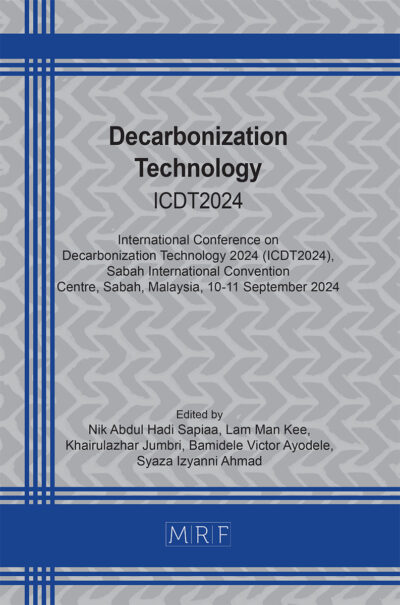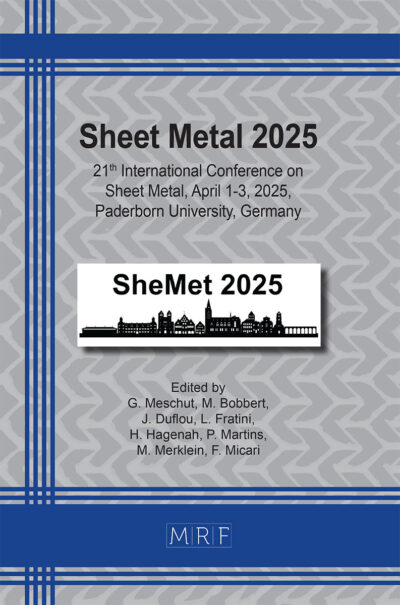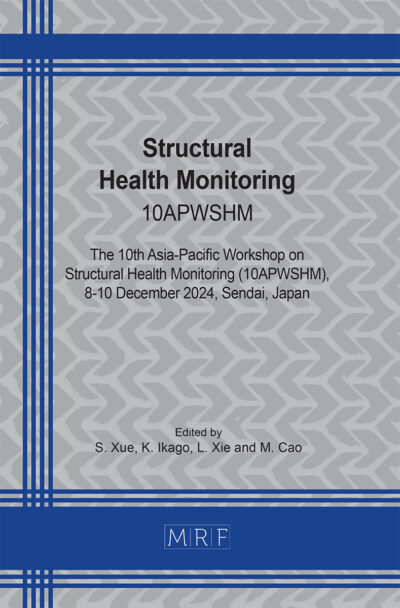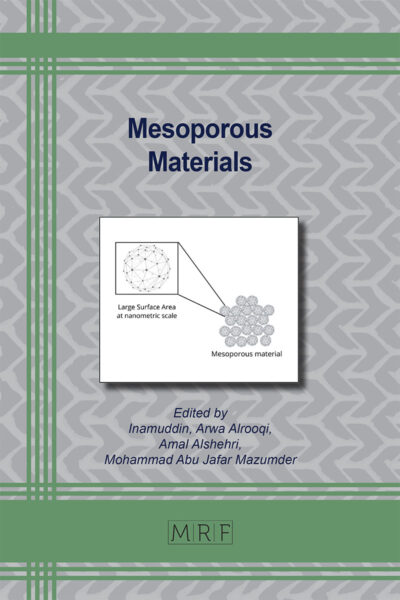Structural evaluation of microwave butt welded MONEL 400 sheets through finite element analysis
Gajanan M. Naik, Shanthala K., Sadashiv Bellubbi, Chirag L., Devendra Gowda, Suresh Poyil Subramanyam
Abstract. Microwave welding is a method of joining materials that makes use of microwave energy for accurate and efficient bonding. Unlike conventional welding methods reliant on electrical arcs or flames for heat generation, microwave welding employs electromagnetic waves within the microwave frequency spectrum to induce targeted heating and fusion at designated bonding sites. This study investigates the structural integrity of a butt-welded joint of Monel-400 a nickel-copper alloy, with nickel- powder as interlayer in a microwave welding setup. This study provides the static structural analysis of a beam via ANSYS 2024 R1 software. Three important stress distributions are illustrated: maximum principal stress, minimum principal stress, and total deformation. The maximum principal stress shows critical stress points that can compromise structural integrity, while the minimum principal stress determines areas of failure. The deformation visualization provides an understanding of the material’s response to applied loads, guaranteeing design reliability. This research highlights the significance of computational analysis in engineering design and safety ratings.
Keywords
Microwave Welding, Monel-400, Thermal Analysis, Structural Analysis, ANSYS
Published online 6/1/2025, 8 pages
Copyright © 2025 by the author(s)
Published under license by Materials Research Forum LLC., Millersville PA, USA
Citation: Gajanan M. Naik, Shanthala K., Sadashiv Bellubbi, Chirag L., Devendra Gowda, Suresh Poyil Subramanyam, Structural evaluation of microwave butt welded MONEL 400 sheets through finite element analysis, Materials Research Proceedings, Vol. 55, pp 110-117, 2025
DOI: https://doi.org/10.21741/9781644903612-17
The article was published as article 17 of the book Materials Joining and Manufacturing Processes
![]() Content from this work may be used under the terms of the Creative Commons Attribution 3.0 license. Any further distribution of this work must maintain attribution to the author(s) and the title of the work, journal citation and DOI.
Content from this work may be used under the terms of the Creative Commons Attribution 3.0 license. Any further distribution of this work must maintain attribution to the author(s) and the title of the work, journal citation and DOI.
References
[1] E. Goswami, A. K. Srivastava, A. Kumar, M. Salman, M. Z. Choudhary, and S. S. Pandey, Review of Microstructural and Mechanical Properties of Microwave Welding of Lightweight Alloys, Model. Charact. Proc. Smart Mater. 1 (2023) 185-204. https://doi.org/10.4018/978-1-6684-9224-6.ch009
[2] S. Rawat, R. Samyal, R. Bedi, and A. K. Bagha, A comparative study of interface material through selective microwave hybrid heating for joining metal plates, Mater. Today: Proc. 65 (2022) 3117-3125. https://doi.org/10.1016/j.matpr.2022.05.346
[3] K. V. B. Reddy, K.V. Hari Shankar, G. Venkatesh, and R. R. Mishra, Numerical simulation study on microwave joining of Hastelloy C-276 plates using Inconel-718 interface powder, Mater. Today: Proc. 98 (2024) 187- 193. https://doi.org/10.1016/j.matpr.2023.10.104
[4] S. Tamang, and S. Aravindan, Joining of dissimilar metals by microwave hybrid heating: 3D numerical simulation and experiment, Int. J. Therm. Sci. 172 (2022) 107281. https://doi.org/10.1016/j.ijthermalsci.2021.107281
[5] N. K. Bhoi, D. K. Patel, H. Singh, S. Pratap, and P. K. Jain, Multi- physics simulation study of microwave hybrid sintering of aluminium and mechanical characteristics, Proc. Inst. Mech. Eng., Part E 236 (2022) 1989-1996. https://doi.org/10.1177/09544089221074829
[6] M. Pal, V. Kumar, S. Sehgal, H. Kumar, K. K. Saxena, and A. K. Bagha, Microwave hybrid heating based optimized joining of SS304/SS316, Mater. Manuf. Processes 36 (2021) 1554-1560. https://doi.org/10.1080/10426914.2020.1854469
[7] S. Bellubbi, and N. Sathisha, Reduction in through put time of drum shell manufacturing by single-V welding configuration, IOP Conf. Series: Mater. Sci. Eng. 376 (2018) 012104. https://doi.org/10.1088/1757-899X/376/1/012104

